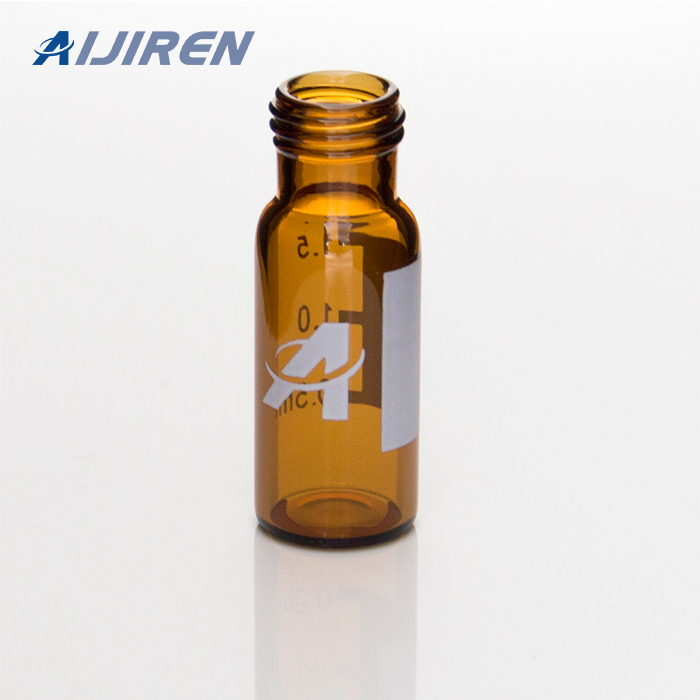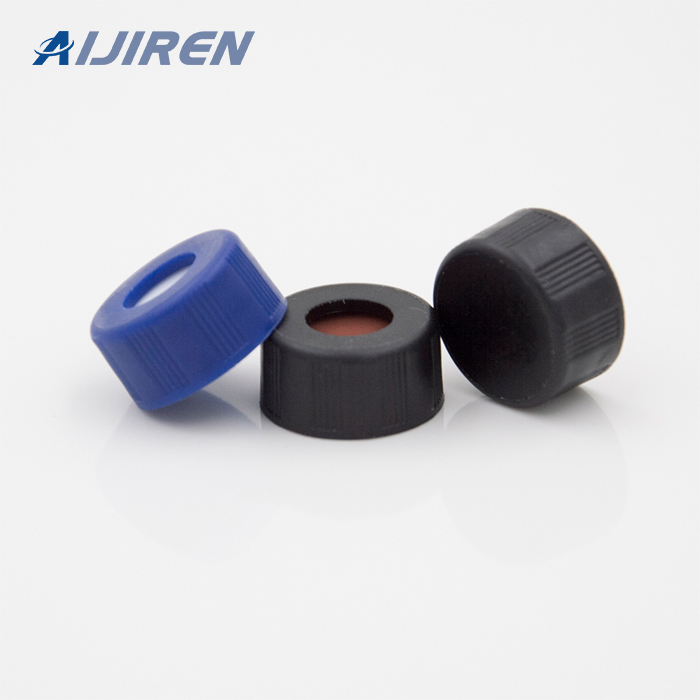








In reality, “zero” is obtained from the measurement of a sample not containing the component (blank sample). The usual estimation of LOD in chromatography involves the measurement of the signal-to-noise ratio (S/N). The chromatographic signal value is determined by the height of the analyte peak and the noise value.
Definition of S/N Ratio. The signal-to-noise (S/N) ratio is often used as a yard-stick to measure the sensitivity of a GC/MS instrument. The S/N ratio will be described here. Note that practical detection limit is very difficult to estimate in general, because the limit depends on many factors: compounds, matrices of the samples, and so on.
Apr 2, 2011 · The choice of the numerical value for the signal-to-noise ratio is somewhat arbitrary and has been borrowed from the signal-to-noise ratio used in electronics i.e. 2. Thus, for the unambiguous identification of an eluted peak in chromatography the signal-to-noise ratio must be 2. That is, the peak height must be twice hat of the noise.
The signal-to-noise of a chromatographic peak determined from a single measurement has served as a convenient figure of merit used to compare the performance of two different MS systems.
Introduction One of the most widely used analytical separation techniques is high-performance liquid chromatography (HPLC). 1 Consequently, HPLC method development for increasing sensitivity and selectivity is the subject of ongoing research. 2–8 A commonly used measure of the sensitivity in HPLC is the Signal-to-Noise ratio (S/N) of a chromatogram, which can be defined as the maximum
Jul 20, 2009 · Signal to noise ratio. One of the product developer with whom I am working is having difficulty in grasping the concept of the LOD and LOQ. He wants to know why estimations are based on area measurements whereas the signal to noise ratio is dependent on height only. I have explained the concept given in ICH guidelines also.
Method Detection Limits The method detection limits (MDL) for a 10-µL injection of fluoride, acetate, and trifluoroacetate are given in Table 1. The MDL is defined as the minimum concen-tration required to produce a signal-to-noise ratio of 3. Two modes of suppression were compared for their effect on MDL. The recycle mode, which used the
One of the most known and widely used approaches is the one based on the signal-to-noise (S/N) ratio. This approach is only applicable to instrumental analysis methods giving a blank signal, background noise, or baseline signal, such us UV–visible spectrophotometry or chromatography [32,33].
procedures are column, gas, paper, thin-layer (including high-performance thin-layer chromatography), and pressurized liquid chromatography (commonly called high-pressure or high-performance liquid chromatography). GENERAL PROCEDURES This section describes the basic procedures used when a chromatographic method is described in a monograph.
Dec 14, 2022 · The revised chapter instructs users to calculate the signal-to-noise (S/N) ratio on a window of 20 times the peak width at half height (“20 x Wh”), whereas from Ph. Eur. Supplement 6.4 through Supplement 10.8, it is calculated on a window of at least 5 times the peak width at half height (“at least 5 x Wh”).
Signal-to-noise ratio. Signal-to-noise ratio ( SNR or S/N) is a measure used in science and engineering that compares the level of a desired signal to the level of background noise. SNR is defined as the ratio of signal power to noise power, often expressed in decibels. A ratio higher than 1:1 (greater than 0 dB) indicates more signal than noise.
May 29, 2015 · Methods based on the blank signal as proposed by IUPAC procedure and on the signal to noise ratio (S/N) as listed in the ISO-11843-1 norm for determination of the limit of detection (LOD) and quantitation (LOQ) in one-dimensional capillary gas chromatography (1D-GC) and comprehensive two-dimensional capillary gas chromatography (CG×GC) are
The limit of detection of the target antibiotics, defined as a signal-to-noise ratio of 3, ranged from 0.04 to 1.99 ng/mL. The mean interday recoveries ranged between 79.6 and 121.3 %, with a relative standard deviation from 2.9 to 18.3 % at three spiking levels of 20 ng/mL, 50 ng/mL, and 100 ng/mL.
Signal-to-noise ratio, calculated as the ratio between a given dilution and the blank, of the binding of serial dilutions of RBD on a 2-fold titration of coated ACE-2 (0.5 8 mg/ml) (A). Signal-to
Oct 15, 2015 · All Answers (17) Dr Bikshal Babu. K L University. Signal is the strength of analyte of interest = S. Noise is the strength of blank (without analyte) =N. SNR = S /N. signal-to-noise-ratio (SNR) is